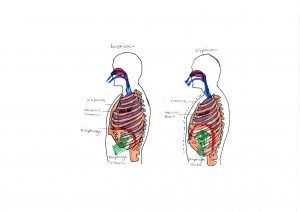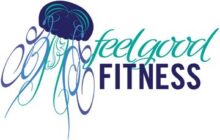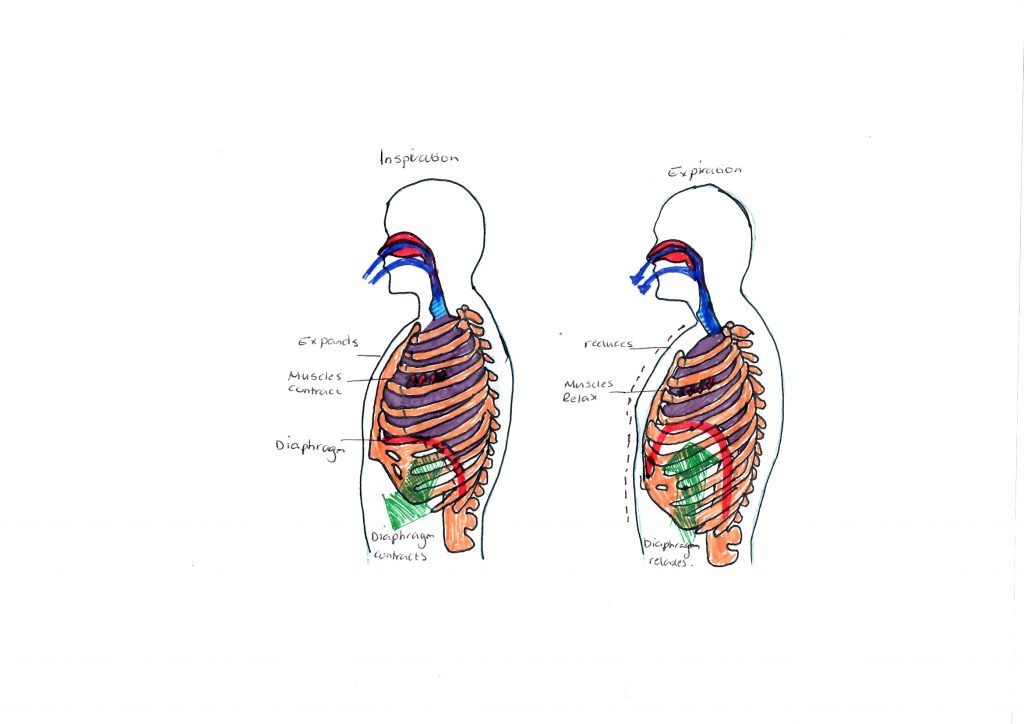
How it all works- its all a pump
Breathing is fascinating! I remember when I thought all there was to breathing was the lungs and diaphragm, it never crossed my mind that it could all be one big pump.
What I know now is that in order to breath, the lungs have to have positive and negative pressure and to help create the pressure we use lots of muscles.
The abdominals and pelvic floor help to pull and push air into the lungs by using their role in intra abdominal pressure, they link with the diaphragm to help to achieve this. The muscles of the ribs also play a role. They lift up and out to the sides to allow expansion and then lower and drop to shrink. This allows the lungs to fill and empty.
The muscles of the neck and upper chest also play a role, they are mainly known as accessory muscles, but play an important role when we need to take short, faster breaths.
Knowing this helps us to identify how a person breaths and if there might be a dysfunction in the breathing mechanics. This can be caused by respiratory disease such as asthma, pregnancy, where the diaphragm and lungs get pushed back and up, post birth, or pain. These are all common issues that can be helped with controlled breathing patterns.
If non of these are present, they we could be looking at smoking, stress or anxiety, where our brain is telling our body it needs to breath quick and shallow This is a stress response, that our brains are programmed to go into when it feels we need to be running or fighting tigers.
Its for this reason that promoting a much deeper slower breath is important. It tells our brain all is well and there are no tigers.
Just by thinking about the ribs lifting up and out, the belly gently expanding and the pelvic floor relaxing, we can create a much better breathing pattern. We also need to allow those same muscles to contract and help push the air back out.
To start with it may feel odd, uncomfortable and make you light headed. This is due to the chemical changes happening within the body- more air, less carbon dioxide. It will feel better with time and practice.
Here is a good place to start: The Hi Lo Breath


